Overview
addapptation was an early stage startup that strived to help organizations streamline their workflows by removing the complexity of enterprise software. The idea was to empower organizations with a low-code platform to produce micro-applications with an intuitive UI that plugged into their existing systems through APIs.
I was brought in to design and build this platform from the ground up as we established the technology and processees to build the business.
Dashboard
The dashboard is the high level view of what’s happening in your platform. Everything from recent things created, usage analytics, billing and team members can all be viewed from your dashboard.

Micro Apps
This is the users collection of micro-apps. You can manage your app, publish and deploy, and grant access to specific team members.
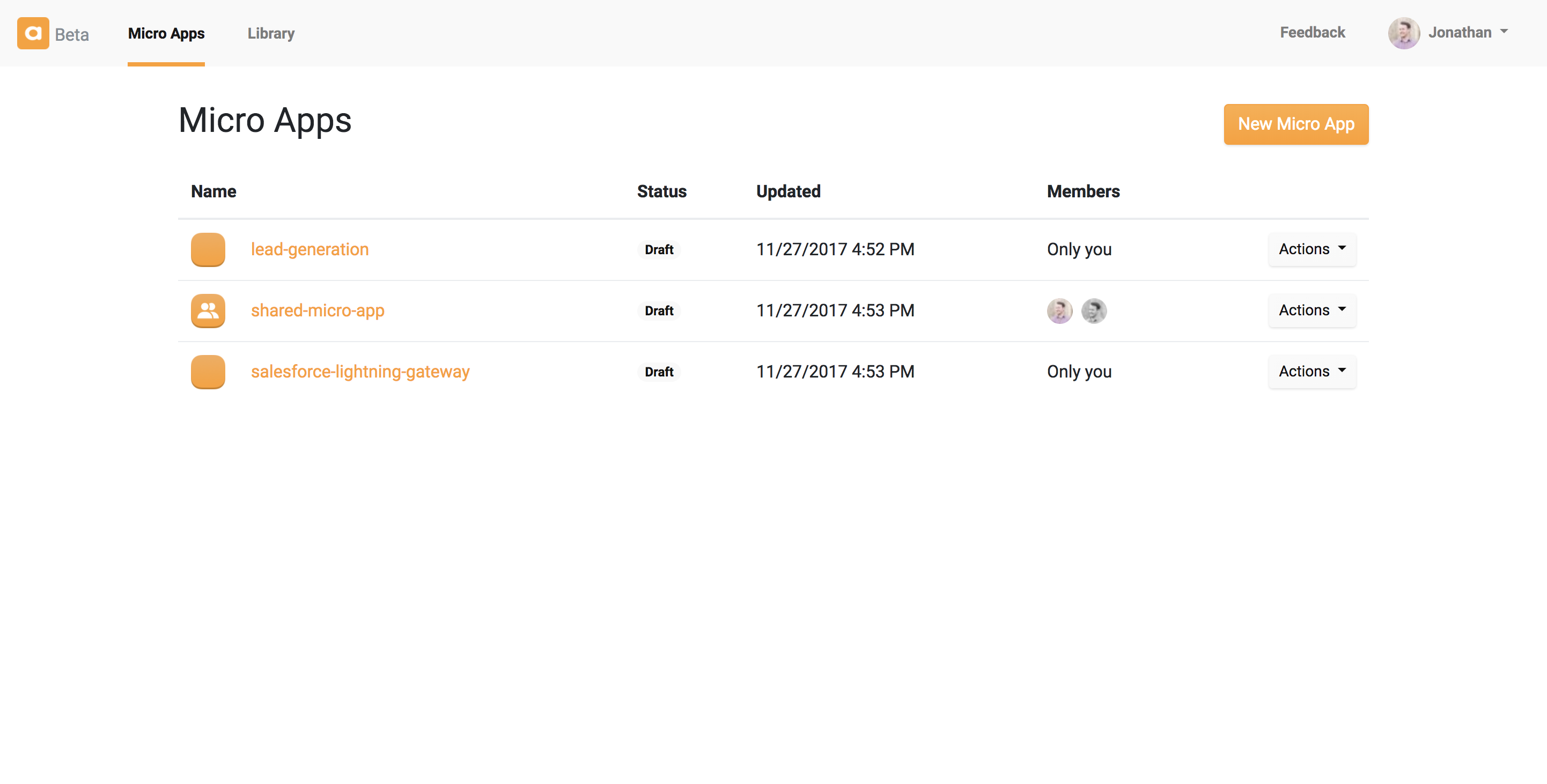
App code
The app code is the primary way manage your micro-app build. You can create pages or simply an API interface to interact with your enterprise system. These assets have a unique url so you know where to access your logic.
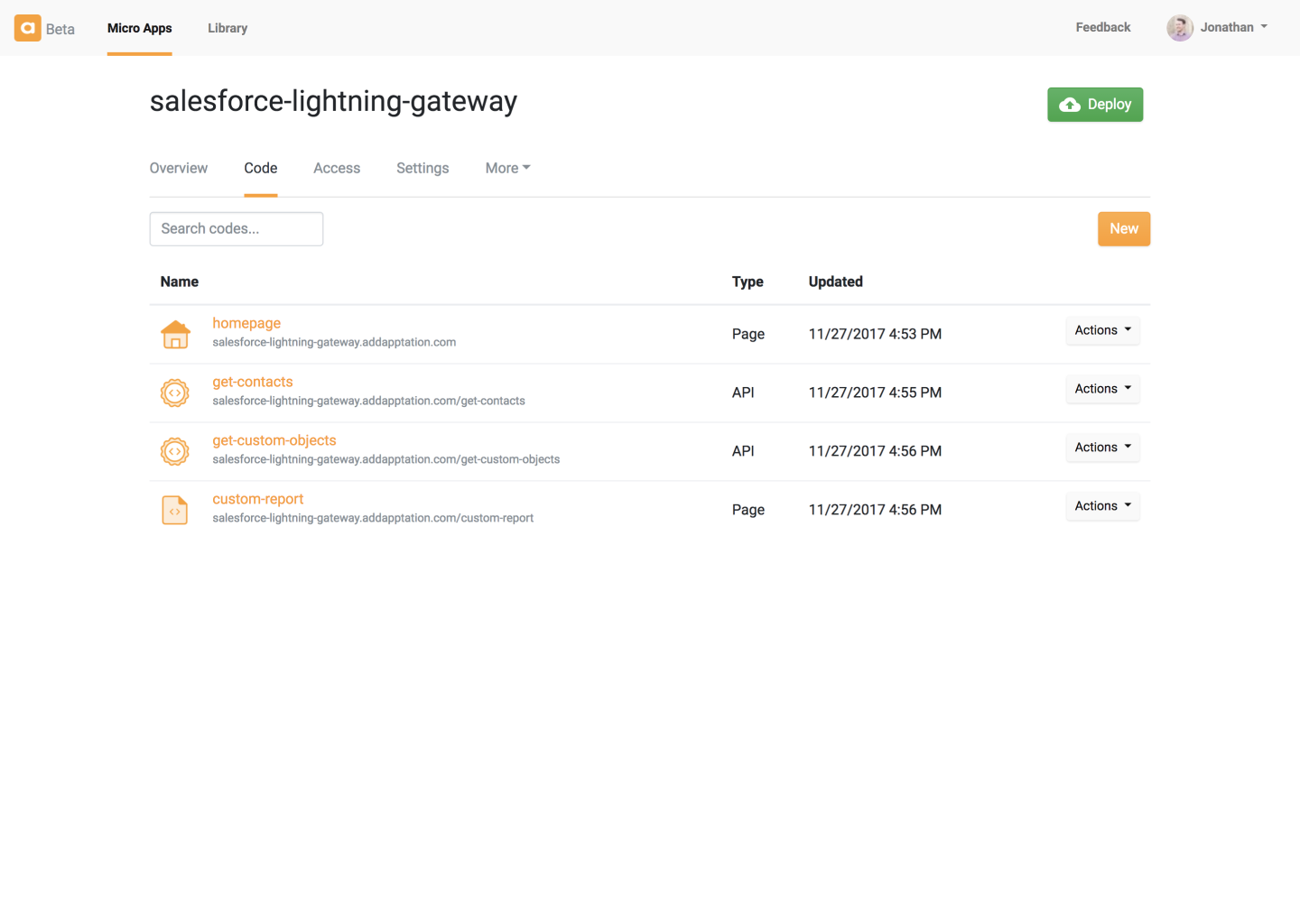
App IDE
The app IDE provides a steamlined way to build micro-apps. View is where you build the UI elements in HTML, the Controller is where you add your business logic in Ruby, and CSS is where you add your own design magic to your app.
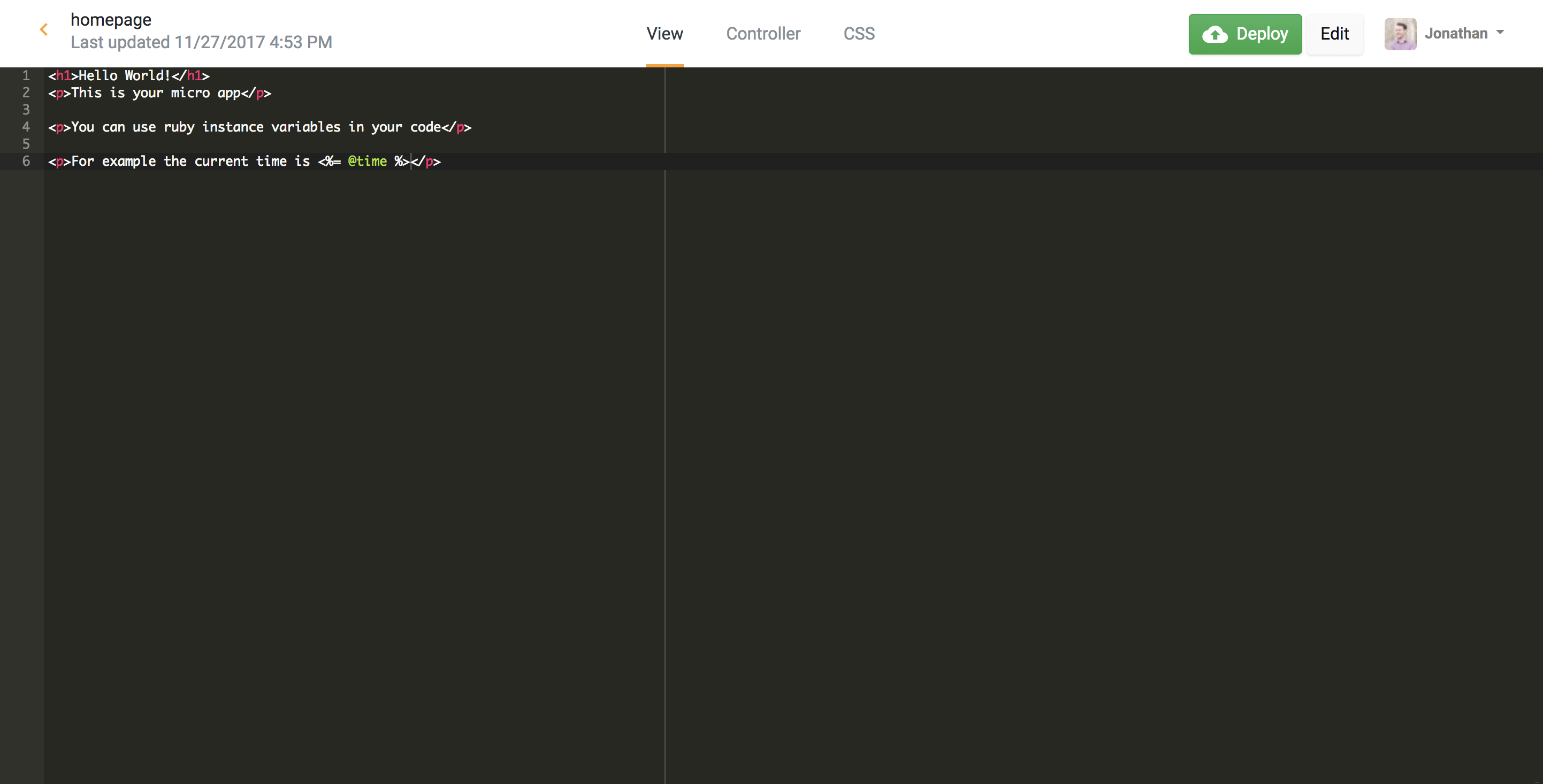
App Settings
App settings is where you change the name, add global snippets to your pages, or delete your micro-app.
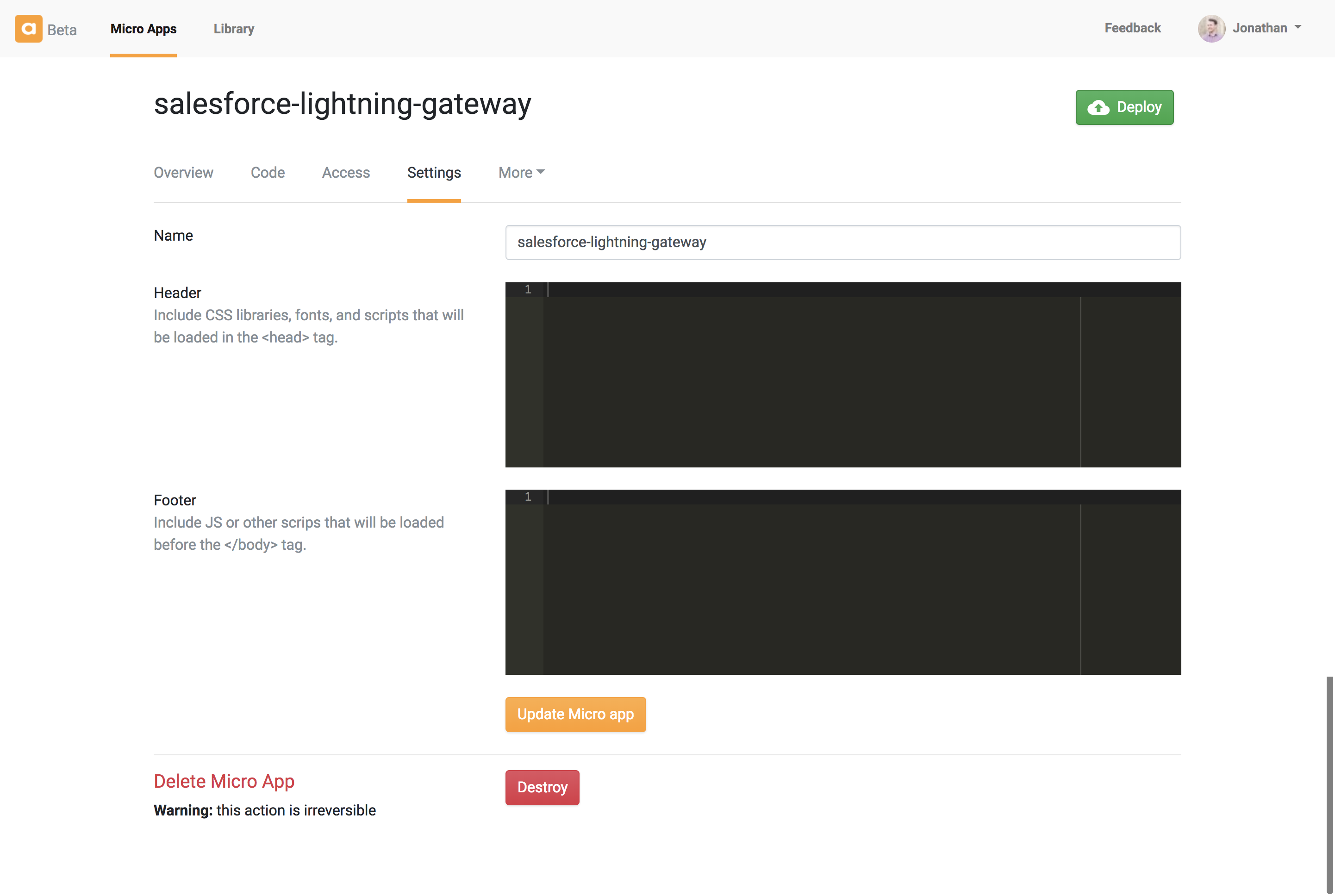
App access
Easily manage permissions and add collaborators to your micro-app to help you build your ideal experience.
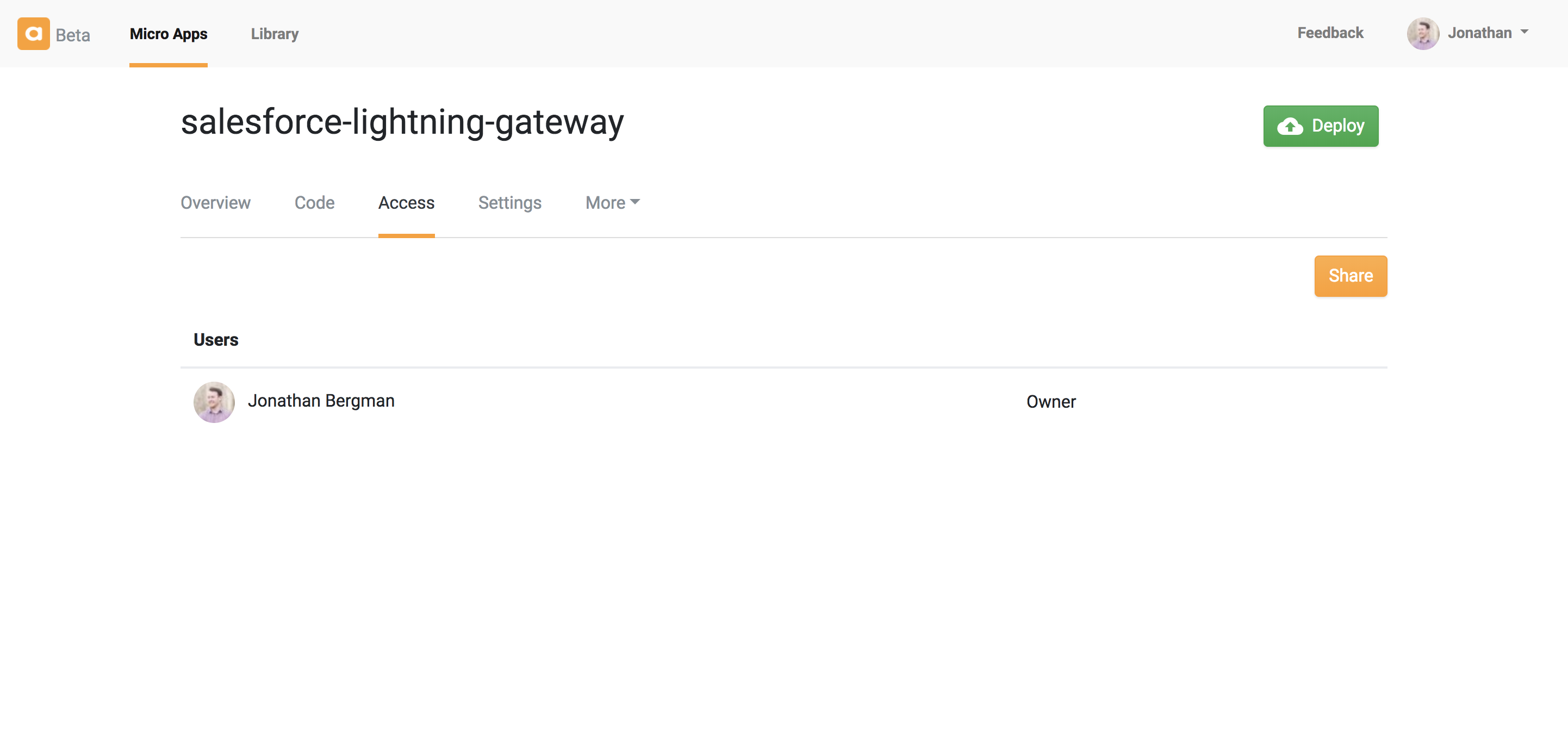
Profile
Profile is where you can manage your user settings and account through a very straight forward experience.

Learnings
I would love to have seen us make this user experience so easy that someone who knows nothing about code could build an application. We could have used more simple language and removed some of the technology barriers of building apps such as code, APIs, and build/deploying processes.
At the end of the day this was a very fun and challenging project that forced me to learn something new each day and flex my Ruby on Rails chops. The idea was solid but needed a little more maturity before customers were willing to purchase.
